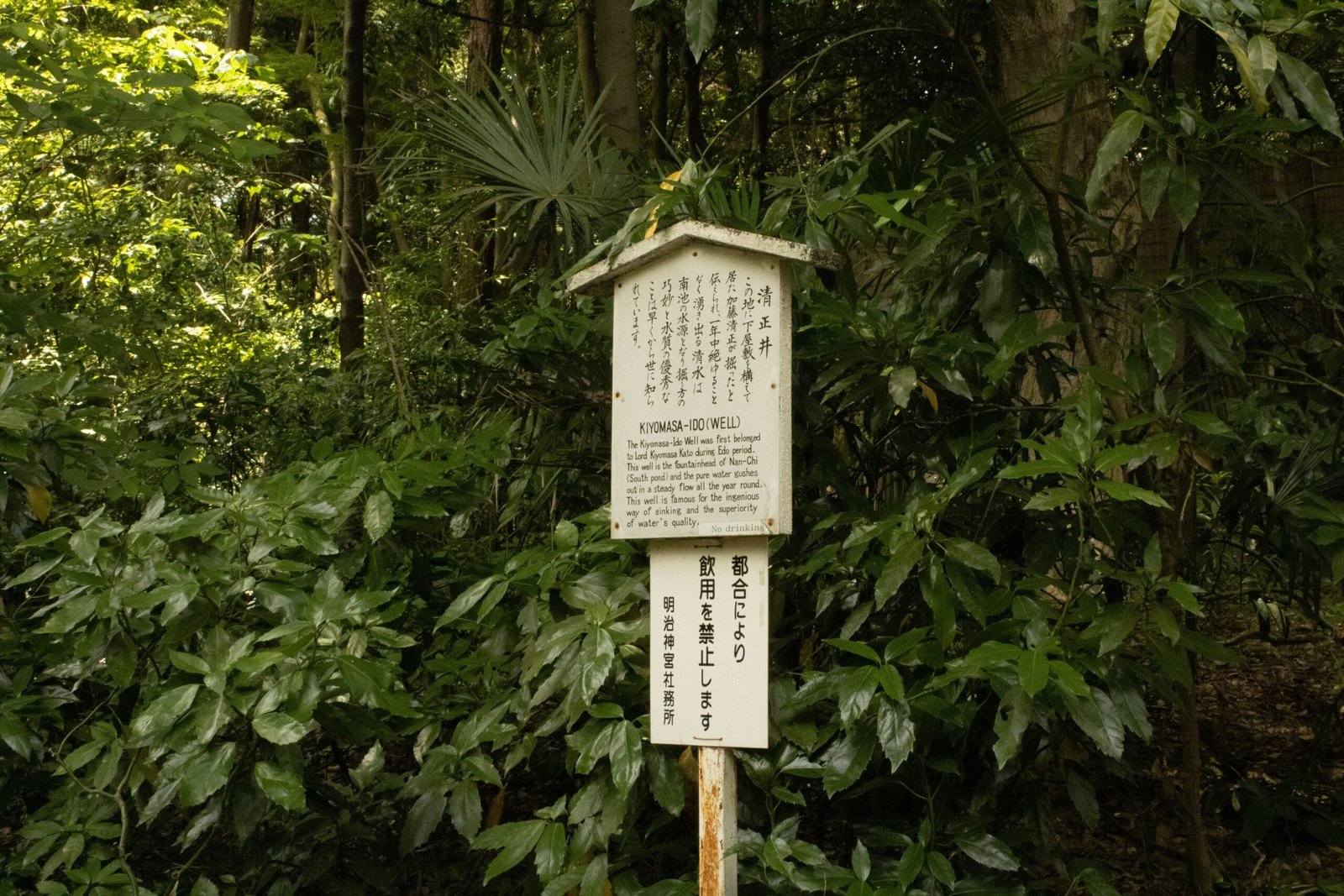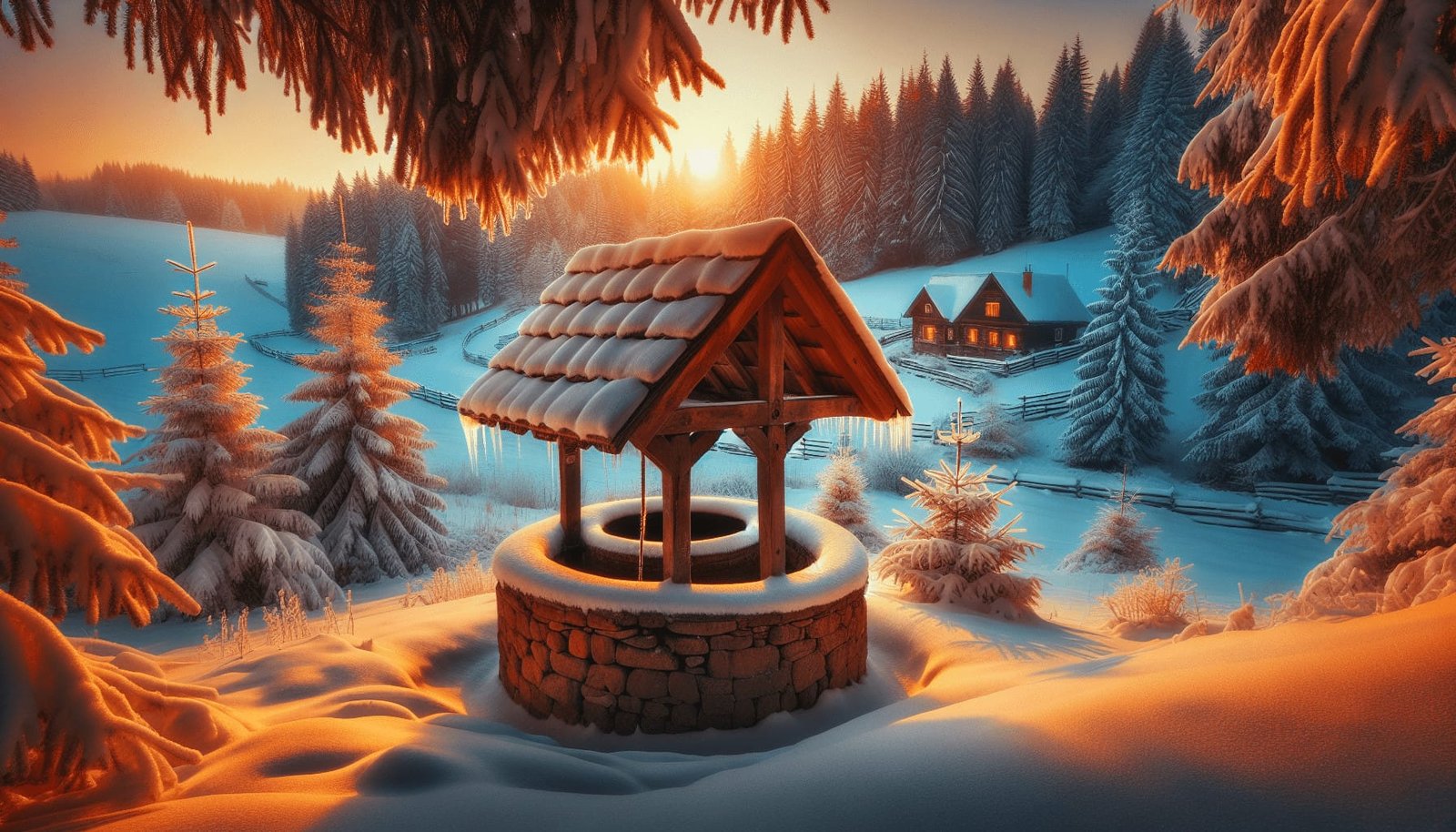Have you ever thought about how to protect your well from freezing during those cold winter months? As the temperatures begin to drop and frost starts painting the landscape, keeping your well functional and ice-free is crucial. Not only does this ensure a continuous supply of water, but it also prevents potentially costly repairs.
Understanding the Importance of Well Protection
Your well is a vital component of your home. It supplies fresh water for drinking, cooking, and daily chores. When winter comes knocking, without proper precautions, water in your well can freeze, severing access to this essential resource. A frozen well, or even a partially frozen one, can lead to disruptions that might take days or even weeks to resolve.
Why Do Wells Freeze?
Wells typically freeze because of inadequate insulation or exposure to low temperatures without protective measures. This is especially true if your wellhead is above ground and uninsulated. The cold air can infiltrate and cause the water in the pipes to freeze. Frozen pipes can burst, leading to leaks and water loss, making winterizing your well a crucial step.
The Consequences of a Frozen Well
A frozen well can stop water flow, making it impossible for you to do everyday activities like cooking, cleaning, or taking a shower. If the pump or pipes burst due to the freeze, you might have to deal with expensive repairs. Imagine a broken water pipe mid-winter with sub-zero temperatures – not the kind of adventure one hopes for! Thus, prevention is not just better; it’s smarter and more economical.

Strategies for Protecting Your Well from Freezing
Now that we understand why well protection is vital, let’s look at some practical strategies. These methods can help ensure your well remains operational no matter how cold it gets outside.
Insulating Your Well
Insulation is your well’s first line of defense against freezing temperatures. By adequately insulating your well, you reduce the chances of freezing dramatically.
Materials You Can Use for Insulation
Here’s a quick look at some insulation materials you can consider:
| Material | Advantages | Disadvantages |
|---|---|---|
| Foam Pipe Wraps | Easy to install and readily available | May not fit all pipe sizes perfectly |
| Electrical Heat Tape | Provides warmth to pipes effectively | Requires electricity, higher costs |
| Fiberglass Insulation | Highly effective, long-lasting | Must be kept dry to avoid mold |
| Insulated Jackets | Convenient, custom-fit options | More expensive than other insulation types |
Choose a material that best suits your needs in terms of budget, installation effort, and effectiveness.
Well House Construction
Building a well house can add another layer of protection. A well house shields the well components from direct cold exposure and can be insulated for better efficiency.
Design Considerations for a Well House
- Size: Ensure it’s large enough to cover your well and accessory components like pumps and pressure tanks.
- Material: Use materials like wood or insulated metal panels that provide insulation.
- Ventilation: Even in winter, some ventilation is necessary to avoid condensation, which can lead to freezing.
Utilizing Thermal Blankets
Thermal blankets work similarly to insulated jackets, offering a layer of warmth and protection. They are flexible and can be wrapped around the wellhead, pump, and pipes.
Installing a Frost-Free Hydrant
A frost-free hydrant is a special type of outdoor spigot designed to prevent water from freezing in the pipe. When you install these hydrants, water drains below the frost line, preventing it from freezing. This installation might require professional help but is beneficial for preventing freeze-related issues.

Active Measures to Prevent Freezing
Aside from passive protection like insulation, active measures can significantly deter freezing. These involve ensuring active mechanisms that maintain a minimum temperature or manage heat around your well system.
Heat Cables for Pipes
Heat cables or heat tape can be wrapped around pipes. They either automatically regulate temperature or can be controlled manually to prevent freezing. They’re particularly useful for exposed pipes that are prone to freezing.
Running a Small Trickle of Water
Trickling water is harder to freeze than standing water. During extremely low temperatures, leaving a small tap open can keep water flowing through your system, thereby minimizing the chances of pipes freezing.
Ensuring Your Pump is Submersible
A submersible pump stays underwater and thus far from freezing air. Ensure that your pump setup is properly submerged to minimize freeze risks.

How Can a Well Share Water with Multiple Homes?
While preventing freezing is crucial for ensuring water supply to your home, sometimes a well serves multiple homes. Understanding how this works can be beneficial.
Community Wells Explained
A community well serves several households through a shared system. This setup is common in rural areas where installing individual wells for each home is impractical. It involves a larger well with a more robust pump and an extensive piping system reaching different homes.
Pros and Cons of a Shared Well System
| Pros | Cons |
|---|---|
| Cost sharing on installation and maintenance | Potential for conflicts between households |
| Shared responsibility can ensure regular upkeep | Water pressure issues if not managed properly |
| Easier to afford advanced technology upgrades | Requires legal agreements and clearly defined terms |
Legal Considerations
With a shared well, it’s essential to lay down clear legal agreements. These should cover cost-sharing, maintenance responsibilities, and arbitration processes in the event of disputes. Consulting a legal expert when drafting these agreements is advised.
Maintaining Harmony in Shared Water Usage
- Regular Meetings: Keep an open channel of communication with all parties involved.
- Maintenance Schedules: Establish a clear, written schedule for maintenance and inspections.
- Benchmarking Usage: Monitor and measure water usage to ensure equitable distribution.

Preparing Your Well for Winter: A Checklist
To recap and make it easier for you, here’s a checklist to prepare your well for the freezing winter:
- Inspect Insulation: Check all insulation for damage or wear and replace it as necessary.
- Test Heat Cables: Ensure they’re functioning before the cold hits.
- Check Well House Integrity: Repair any damage to prevent cold air infiltration.
- Review Legal Agreements (if sharing): Update or revise as necessary, ensuring all parties are on the same page.
- Stock Up on Supplies: Keep essential tools and materials handy, like pipe insulation and warm blankets.
- Monitor Weather Reports: Stay informed about impending cold fronts to prepare actively.
- Professional Inspection: Consider hiring a professional at least once annually to ensure your setup is robust.
In ensuring your well system is ready to withstand the winter, you’ll safeguard not only your water supply but also your peace of mind. Taking preventive steps now means avoiding the chill of unpleasant surprises later. Whenever you have doubts, seek expert advice, for maintaining and protecting your water supply is an investment in your household’s wellbeing.

